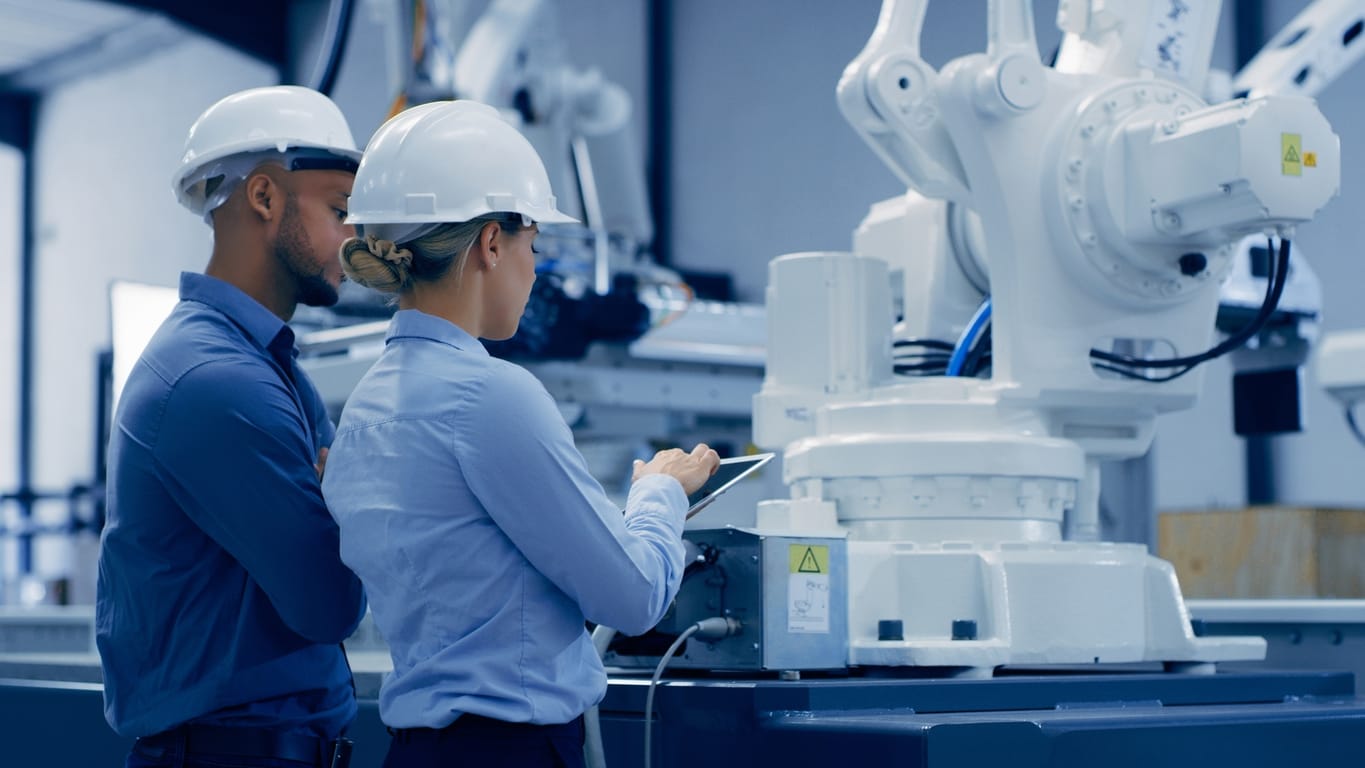-
Balancing Cost with Value
Many SME CEOs are focused on whether IoT and new technologies can deliver clear, measurable value without requiring large upfront investments. Given the tighter budgets of small and medium enterprises, there is a strong emphasis on technologies that generate cost savings, productivity gains, or new revenue streams within a short time frame. If a solution is too expensive to implement or maintain, it is unlikely to gain approval. -
Lack of In-House Expertise
A common concern among SME CEOs is the lack of in-house technical skills required to implement and maintain IoT systems. Many SMEs do not have dedicated teams for data engineering, IoT architecture, or cybersecurity, making it harder to adopt complex technologies. Recruiting and retaining talent in these areas is also seen as difficult and costly. -
Integration with Existing Systems
CEOs often worry about how well new IoT technologies will integrate with their existing legacy systems. If new devices or software cannot communicate effectively with current platforms or workflows, the potential benefits may be lost. This can lead to hesitation in adoption, especially when integration requires significant time, money, or IT support. -
Cybersecurity and Data Privacy
Security is a top concern. Many SME leaders recognise that introducing IoT devices increases the potential attack surface for hackers. They are also aware that a data breach could be extremely damaging to their reputation and finances. As such, they are cautious about deploying connected technologies without strong security guarantees. -
Reliability of Technology and Vendors
SME CEOs prefer proven, stable technologies over experimental or cutting-edge solutions that may not be fully mature. There is often scepticism about unproven IoT vendors, especially if they lack case studies, customer support, or a long-term product roadmap. CEOs are cautious about being locked into proprietary platforms that may not evolve or scale well. -
Pressure to Innovate Without Overreaching
There is a growing awareness that staying competitive requires some level of digital transformation. CEOs feel pressure to adopt new technologies so they are not left behind, especially if competitors are moving faster. However, they also worry about taking on too much risk too quickly. The challenge is finding the right pace and scope for innovation. -
Enhancing Customer Experience
Many SME CEOs are exploring how IoT and data technologies can help improve customer experience. This could include faster service through automation, proactive maintenance alerts, or more personalised interactions. Technology is viewed as a potential differentiator in crowded markets, particularly for companies trying to compete on service rather than price alone. -
Business Resilience and Operational Continuity
Following recent global disruptions, such as the pandemic and supply chain breakdowns, CEOs are interested in how IoT can help make their operations more resilient. This includes using sensors and data to monitor equipment health, track supply chain conditions, or prevent costly downtime. -
Navigating Compliance and Regulation
Even small businesses are increasingly subject to regulations around data protection, consumer privacy, and device safety. CEOs must ensure that any IoT or tech solution complies with relevant laws, such as GDPR or sector-specific rules. Many see compliance as a burden, especially when resources are already stretched. -
Setting the Right Priorities
With limited time and funding, SME CEOs are constantly deciding which technologies are worth adopting now, and which can wait. Rather than pursuing “shiny object” technologies, they tend to focus on solutions that solve real, immediate problems, such as reducing energy costs, improving inventory visibility, or automating manual processes.
 Internet of Things – IOT
Internet of Things – IOT
As emerging technologies like the Internet of Things (IoT), artificial intelligence (AI), and automation continue to reshape industries, small and medium-sized enterprises (SMEs) are under growing pressure to adapt. For SME CEOs, the challenge isn’t just about staying on trend; it’s about making smart, sustainable decisions that balance innovation with practicality. While large corporations may have the resources to experiment freely, SME leaders must weigh each investment carefully, often with limited budgets and lean teams. This is where many clients are asking Active Digital to help.
Our SME sized customers are asking us critical questions: Will this technology deliver measurable ROI? Can we support it with our existing staff? How secure is our data, and what happens if something goes wrong? At the same time, there’s a growing sense of urgency; the fear of falling behind more digitally savvy competitors is real.
In this blog, we explore what’s really on the minds of SME CEOs when it comes to IoT and new technologies and we have put together our top 10 list. From the drive for operational efficiency and customer experience improvements to the realities of cybersecurity, compliance, and risk, we unpack the key concerns shaping technology decisions in the SME space. Whatever the size of your business, we are here to help you navigate this rapidly evolving digital landscape.


